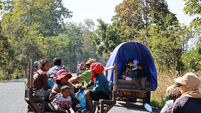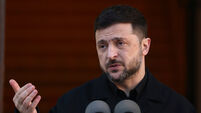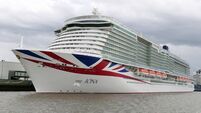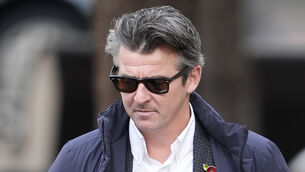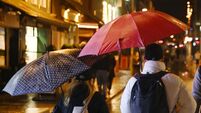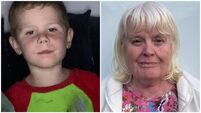Air strikes aimed at bin Laden
Above all other objectives, the strike against Afghanistan is designed to hit back at one man - Osama bin Laden.
The Saudi-born dissident has been identified by both the United States and Britain as the prime suspect in the terror attacks on New York, Washington and Pennsylvania.







